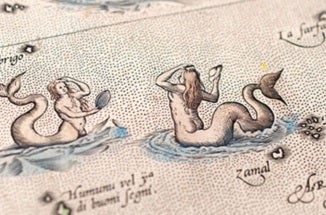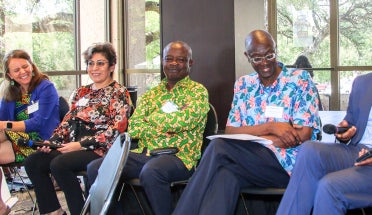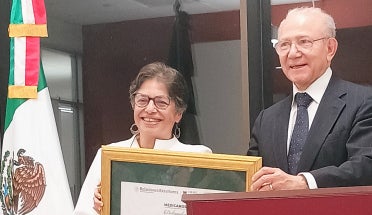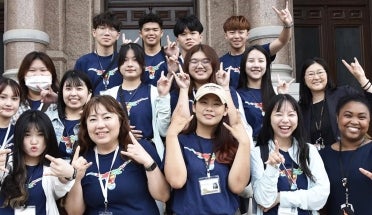
Ransom Center Holds First Printed Map Illustrating the Asian Continent
- Jun 21, 2023
The University of Texas at Austin’s Harry Ransom Center (HRC) recently welcomed 60 new prints dating 1540-1880 as part of the Susan G. Hadden Collection of Early Maps of India. Together, the texts track developments in cartography of the time and indicate the rise of the European empire in the region.
The collection’s earliest map is a two-page woodcut printed as part of Sebastian Münster’s “Geographia.” A Latin version of Ptolemy’s widely printed and adapted “Geography,” the map is the first to illustrate the Asian continent as a whole. It identifies four cities within India, all of which were west-coast sites of early Portuguese settlement.
One of the most significant maps in the collection is a copy of Abraham Ortelius’s map of Southeast Asia from his “Theatrum orbis terrarum,” the book famously recognized as the first modern atlas. Ortelius’s map stands in contrast to Münster’s, naming dozens of ports along the full coast of the Indian peninsula along with numerous cities in the interior.
Hadden, the maps’ collector, was born in Austin. She obtained degrees from Radcliffe College and the University of Chicago, coming back to Austin as a professor at UT Austin’s LBJ School of Public Affairs and the Center of Asian Studies. She worked at the university from 1979 until her death.
Near the end of her graduate studies, Hadden’s parents took an extended trip to Europe, where they purchased maps to give their daughter as a gift for finishing her degree. From those beginnings, she went on to build a significant map collection.
The Hadden maps supplement and extends the HRC’s existing Kraus Map Collection, featuring European maps and globes from the late Middle Ages to the end of the 17th century. Two of the maps have already been seen by thousands of visitors in the Stories to Tell gallery as part of “Printing the World in Premodern Europe.”



